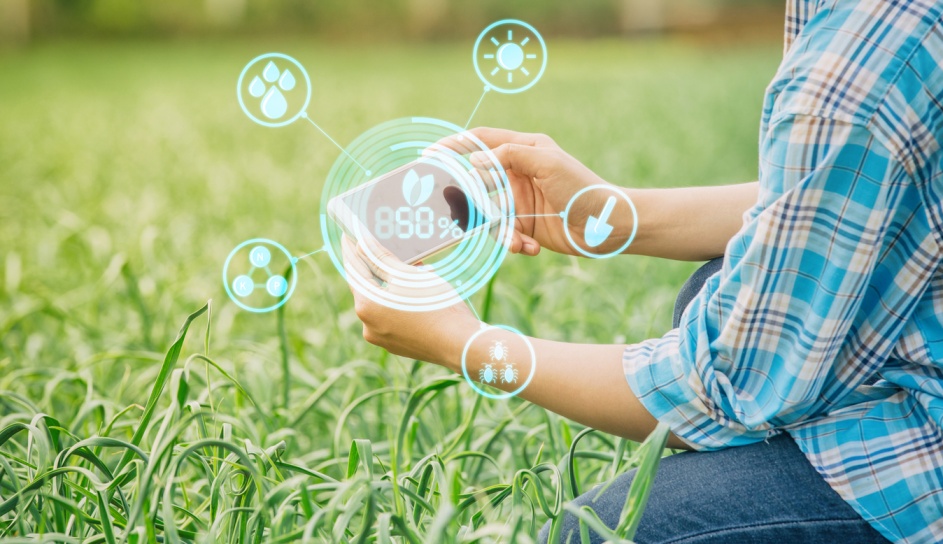Soil is one of the crucial components which is needed for the survival of all living beings on the earth. Soil, acts as a substrate to the growing plants and a habitat for organisms, provides food fiber and fuel, regulates the nutrient cycling(C, N, P, K, and other macro and micronutrient cycles.), takes part in climate regulation, supports the water purification process and maintains the water cycle, carbon sequestration, source of genetic resources, provision of foundation for human infrastructure, and provides construction materials. Therefore without soil, there is no life on the earth. With the growing population in the world, Agriculture development and productivity play a key role to provide food to every person with limited resources. Healthy and productive soil is the most initial fundamental resource for agriculture development. Not only that, healthy and productive soil enhances food production and maintains the balance of the ecosystem on earth. ref: https://doi.org/10.1051/agro/2009057
For over 100 000 years soil has been managed for agriculture purposes directly and indirectly by human beings. At present, nearly 40% of the soil surface from earth gives its contribution to various agricultural practices. It is approximately 12% of agricultural land used for crops and 25% for pasture lands. ref : https://www.nrs.fs.fed.us/fmg/nfmg/docs/mn/Soils.pdf
Productive soils have the ability to stimulate and support plant growth even in its normal environment. Therefore, productivity in a particular soil is decided by how much extent its plants are growing healthy and what their maximum yield is. The productivity of soil is always decided by the yield of a plant. Characteristics of a productive soil are proper nutrient balance, optimum pH levels, high amount of Organic matter content in the soil, good aeration, good drainage condition, population of beneficial micro and macro organisms, devoid of harmful chemicals and toxins.
All of the above productive characteristics can be dependent on physical, chemical, and biological properties in the particular soil. Physical characteristics such as soil texture, soil structure, bulk density, soil porosity, soil color, aeration, and drainage capacity give an understanding of the status of the physical properties in a particular soil. Chemical properties such as soil acidity, other pH levels and reactions cation exchange capacity (CEC), give an idea about the chemical properties of soil. Biological properties such as crop condition, amount of weed, pathogens and pest stress, soil enzyme, microbial biomass give an overview of biological properties of a soil. The balances of physical, chemical, and biological properties are very important to have healthy, productive, and sustainable soil. Hence, it is clear that only being a fertile soil can not produce a high yield and it has to be productive too.
With the emerging technology, there are some applicable technologies (Such as ioT/ioA and Smart Agriculture) to measure soil quality and productivity such as IoT and smart agriculture. They ensure to supply more accurate and reliable data to boost soil productivity and ensure the long-term sustainability of the soil. Ex: IoT sensors : Sensors to measure soil moisture content, soil pH level, soil N, P, K level, soil conductivity, etc. This technological appliance helps to meet agricultural development goals effectively and efficiently at a low cost.
 Posted on January 05, 2022 - Author (Kulakshi Gamage)
Posted on January 05, 2022 - Author (Kulakshi Gamage) 


